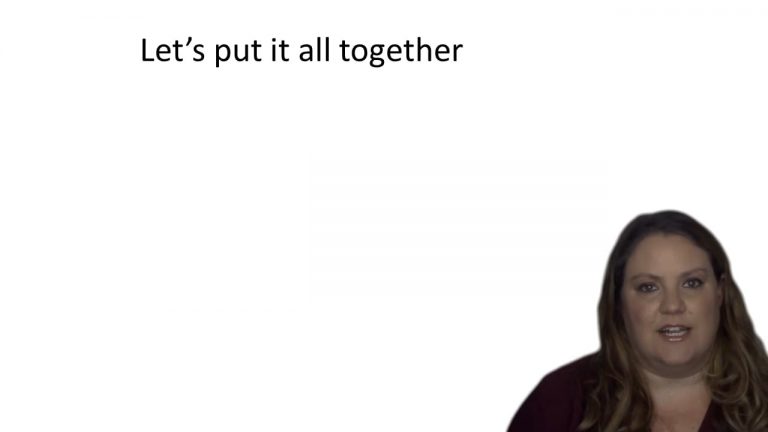SmartBrief
Confirm favorite deletion?
Criminal Procedure Keyed to Ohlin
Ewing v. California
Citation:
538 U.S. 11 (2003)
ProfessorScott Caron
CaseCast™ – "What you need to know"
Facts
California’s three strikes law reflects a shift in the State’s sentencing policies toward incapacitating and deterring repeat offenders who threaten the public safety. The law was designed to ensure longer prison sentences and greater punishment for those who commit a felony and have been previously convicted of serious and/or violent felony offenses. On parole from a 9-year prison term, petitioner Gary Ewing walked into the pro shop in Los Angeles County on March, 2000. He walked out with three golf clubs, concealed in his pants leg. He was convicted of theft and sentenced to 10 days in the county jail. Ewing is no stranger to the criminal justice system. He was convicted of several crimes during the past decades and only 10 months later from the most recent charge of a crime, Ewing stole the golf clubs at issue in this case. As required by the three strikes law, the prosecutor formally alleged and the trial court later found that Ewing had been convicted previously of four felonies. Ewing was sentenced under the three strikes law to 25 years to life.
Only StudyBuddy Pro offers the complete Case Brief Anatomy*
Access the most important case brief elements for optimal case understanding.
*Case Brief Anatomy includes: Brief Prologue, Complete Case Brief, Brief Epilogue
- The Brief Prologue provides necessary case brief introductory information and includes:
Topic:
Identifies the topic of law and where this case fits within your course outline.Parties:
Identifies the cast of characters involved in the case.Procedural Posture & History:
Shares the case history with how lower courts have ruled on the matter.Case Key Terms, Acts, Doctrines, etc.:
A case specific Legal Term Dictionary.Case Doctrines, Acts, Statutes, Amendments and Treatises:
Identifies and Defines Legal Authority used in this case.
- The Case Brief is the complete case summarized and authored in the traditional Law School I.R.A.C. format. The Pro case brief includes:
Brief Facts:
A Synopsis of the Facts of the case.Rule of Law:
Identifies the Legal Principle the Court used in deciding the case.Facts:
What are the factual circumstances that gave rise to the civil or criminal case? What is the relationship of the Parties that are involved in the case.Issue(s):
Lists the Questions of Law that are raised by the Facts of the case.Holding:
Shares the Court's answer to the legal questions raised in the issue.Concurring / Dissenting Opinions:
Includes valuable concurring or dissenting opinions and their key points.Reasoning and Analysis:
Identifies the chain of argument(s) which led the judges to rule as they did.
- The Brief Prologue closes the case brief with important forward-looking discussion and includes:
Policy:
Identifies the Policy if any that has been established by the case.Court Direction:
Shares where the Court went from here for this case.
Topic Resources
Topic Outline
Topic Refresher Course
Topic Charts & Notes

 10m 39s
10m 39s